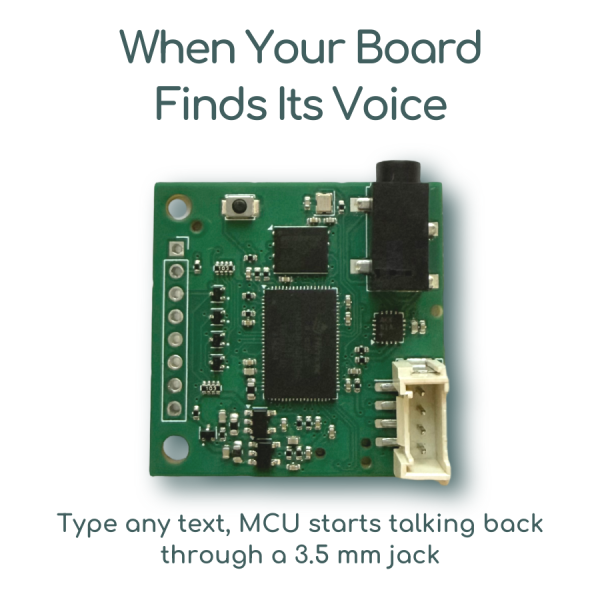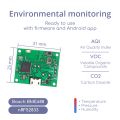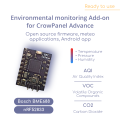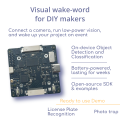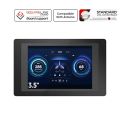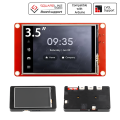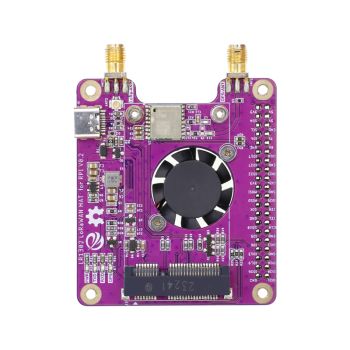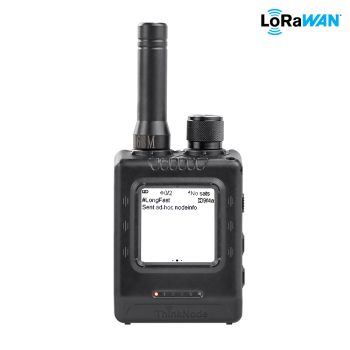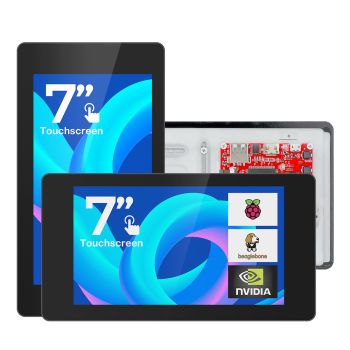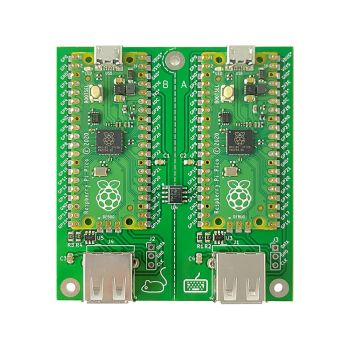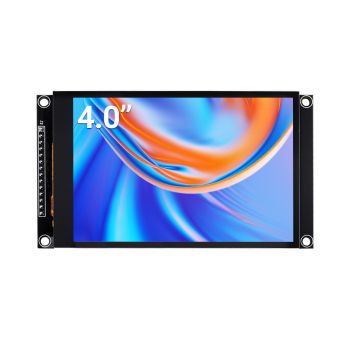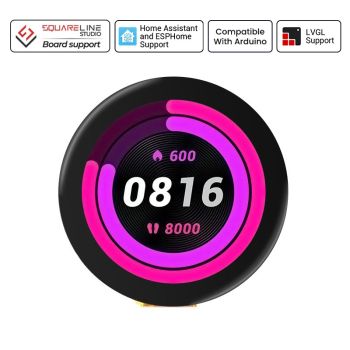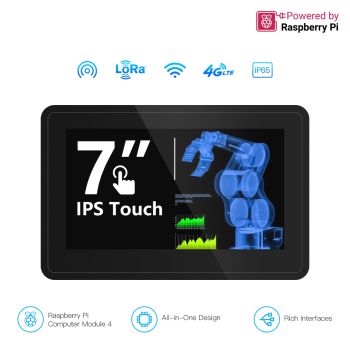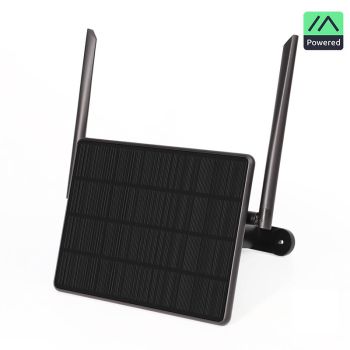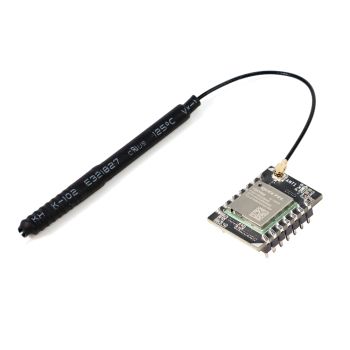TinyTTS kit: The First Neural Speech Module
When Your Board Finds Its Voice
No more boring beeps! Drop in this neural TTS module, type any text, and your MCU starts talking back through a 3.5 mm jack. It feels a little like magic — the first time your project actually speaks.
Ever wanted your device to actually speak — not just beep or play back a clip?
The GRC TinyTTS Hx Module makes it possible. Built on the Himax HX6538 (Arm Cortex-M55 + Ethos-U55), it runs a neural-network based text-to-speech engine directly on-chip, fully offline.

TinyTTS uses optimized deep learning models specially tuned for microcontrollers. The network is compressed, quantized, and accelerated by the Ethos-U55 NPU, so it runs fast and smooth even in a small, battery-powered device.
Type any text into a connected UI (like the CrowPanel Advance 5.0 HMI), press a button, and the module generates natural speech in real time. No cloud, no internet — just cutting-edge AI at the edge.
With its integrated 3.5 mm jack, you can plug in any small speaker and instantly hear your project talk back. It’s a strange and joyful feeling — the first time a bare board speaks with a real voice.
Features
- Neural network TTS engine optimized for MCU-class devices
- Powered by Himax HX6538 (Cortex-M55 CPU + Ethos-U55 NPU)
- Fully offline — no cloud, no latency
- Optimized deep learning pipeline: compressed, quantized, low-power
- Any text, any length: from single words to multiple paragraphs
- 3.5 mm audio output jack — plug in speakers directly
- Compact, low-power design for battery-driven use
- Works seamlessly with Arduino, ESP32, and CrowPanel Advance
Ideal for

- IoT devices that say their status out loud
- Smart appliances with dynamic voice alerts
- DIY robots that narrate their actions in real time
- Educational toys and learning kits with flexible speech
- Safety and industrial monitoring with spoken warnings
- Accessibility projects that provide voice feedback
A fully offline neural network–based solution that runs directly on the ultra-low-power Himax HX6538 chip. It converts input text into spoken voice in real time, without requiring internet access or cloud processing. It delivers natural-sounding speech with minimal latency and power consumption.
Latency Characteristics
The HxTTS module performs text-to-speech conversion in a streaming mode, generating audio in small chunks that are played immediately after creation.
-
Key Metrics
-
Audio Start Delay — time from sending text to the first audible output.
-
Audio Generation — total time needed to compute the audio stream.
-
Audio Duration — playback length of the generated audio.
-
Board Response Time — time until the board is ready to accept new text (usually ≈ audio duration).
-
-
Typical Measurements
-
Short phrase (~9 words):
-
Start Delay: ~450 ms
-
Response Time: ~2.7 s
-
-
Medium sentence (~25 words):
-
Start Delay: ~690 ms
-
Response Time: ~9.2 s
-
-
Long paragraph (~90 words):
-
Start Delay: ~1.9 s
-
Response Time: ~31 s
-
-
-
Behavior
-
First audio appears within 0.5–2 seconds, depending on input length.
-
Generation and playback run in parallel: the module produces an audio chunk (~220 ms) and immediately plays it (~370 ms).
-
New text can only be submitted once the board reports READY status at the end of playback.
-
Communication Protocol
The HxTTS module uses a lightweight serial communication protocol with structured frames and CRC validation.
-
Device Addressing
-
Default 7-bit address: 0x24
-
Write: 0x48 (0x24 << 1)
-
Read: 0x49 (0x24 << 1 | 1)
-
Addressing scheme is I²C-like (7-bit + R/W flag)
-
-
Frame Format
-
SOF: Start of Frame marker (0x01)
-
DEV_ADDR: Address + R/W flag
-
REG: Target register address
-
LEN: Payload length (0–255)
-
PAYLOAD: Data bytes (optional)
-
CRC: CRC-16-CCITT, MSB first
-
-
Key Properties
-
Minimum frame size: 6 bytes
-
Maximum payload: 255 bytes
-
CRC covers both header and payload
-
Frames are rejected if CRC check fails
-
Package Includes
- 1 × GRC TinyTTS Hx Module
- Documentation & examples (via GitHub)
Ready to make your project speak?
Add the GRC TinyTTS Hx Module to your cart, connect it to CrowPanel or Arduino, and hear your device come alive.
Bring neural TTS at the edge into your next build today.
Resources
· GitHub Repository (examples + code)
· Hackster Project Page (demo & use cases)
· CrowPanel Advance 5.0 HMI (recommended UI board)

